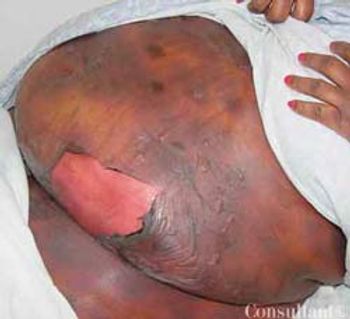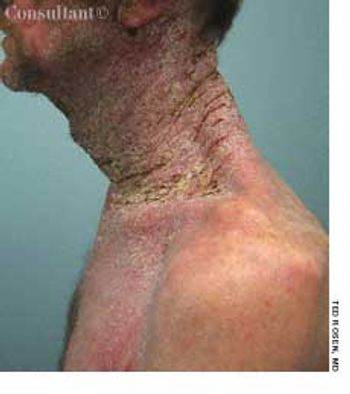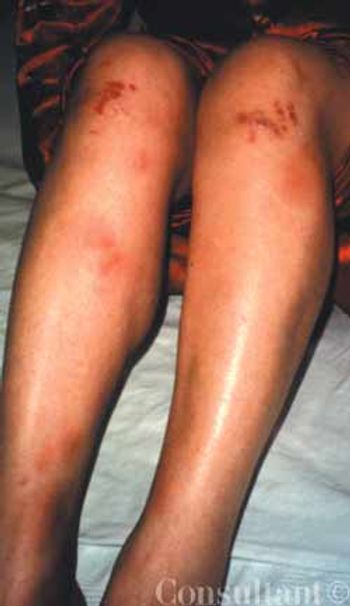
Abstract: Although excessive daytime sleepiness is most often simply the result of inadequate sleep, other causes must be considered as well. Common causes of daytime sleepiness include obstructive sleep apnea/hypopnea syndrome (OSAHS) and medication side effects. The differential diagnosis also includes narcolepsy and restless legs syndrome (RLS). In many cases, the answers to a few simple questions can provide the necessary clues to the diagnosis. Loud snoring is associated with OSAHS, while sudden muscle weakness triggered by intense emotion is consistent with narcolepsy. Referral for sleep evaluation is indicated to evaluate for OSAHS, narcolepsy, RLS, and idiopathic hypersomnia. Methods of measuring daytime sleepiness include the Multiple Sleep Latency Test and the Epworth Sleepiness Scale. (J Respir Dis. 2005;26(6):253-259)














































































































































































































































































